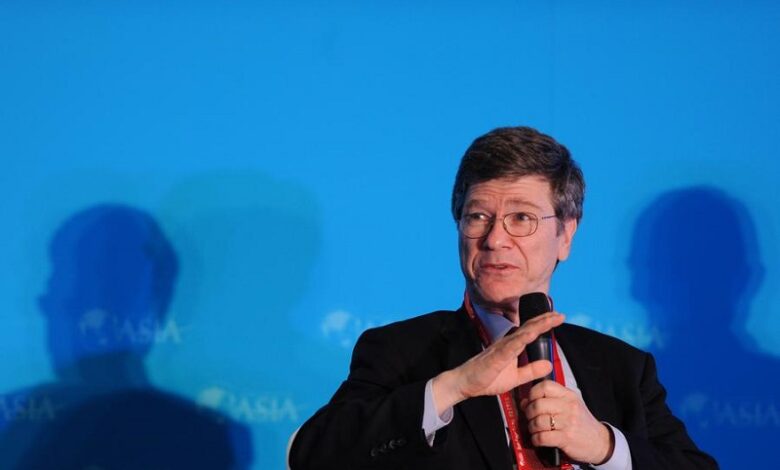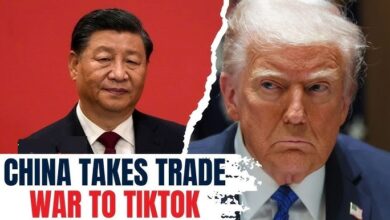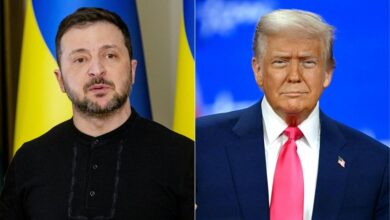China’s economic success in face of growing U.S., EU protectionism

|
*Jeffrey D. Sachs is University Professor at Columbia University and author of To Move the World: JFK’s Quest for Peace, Random House: 2013.
(This Article was first Published on | April 4, 2024 | Xinhua






